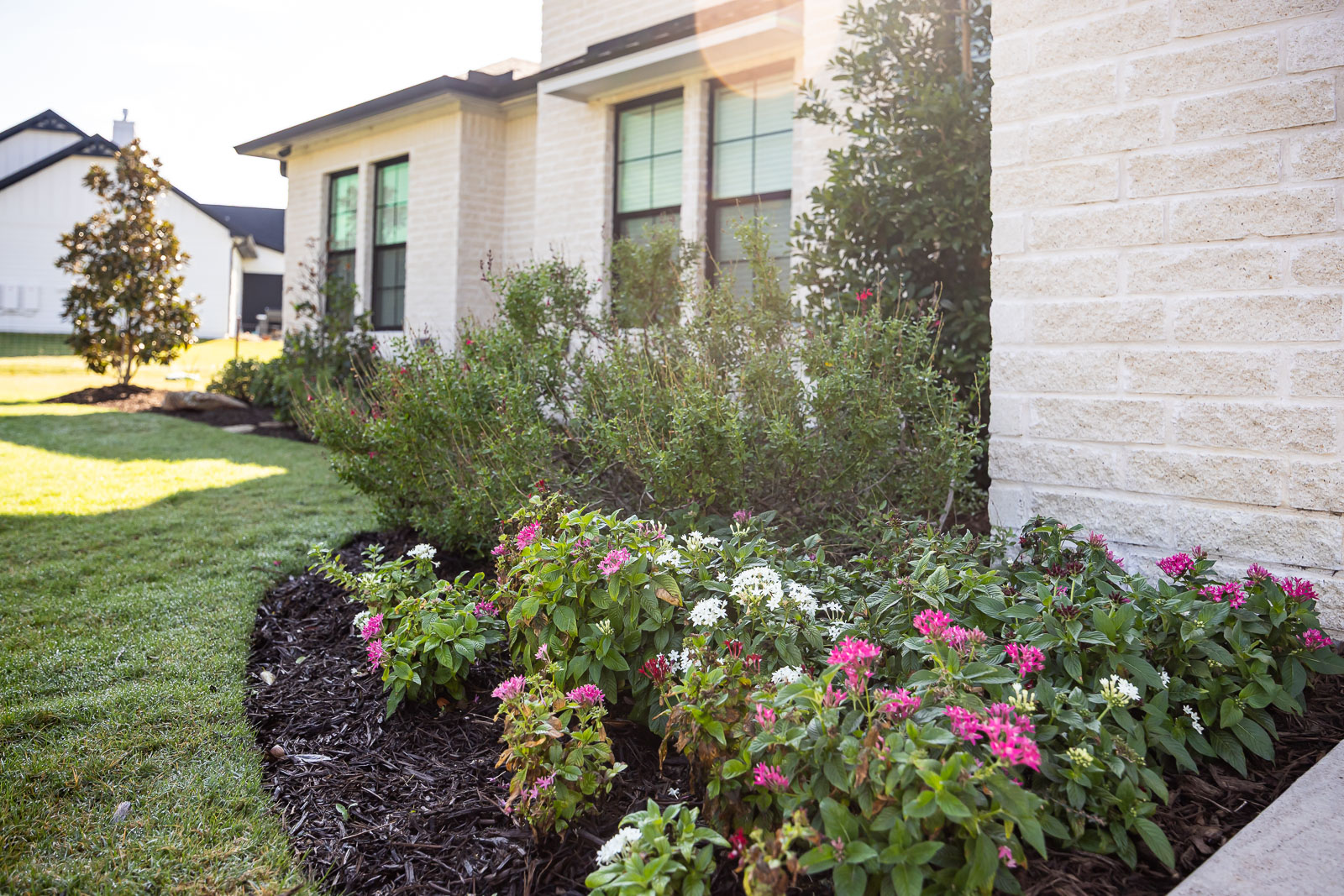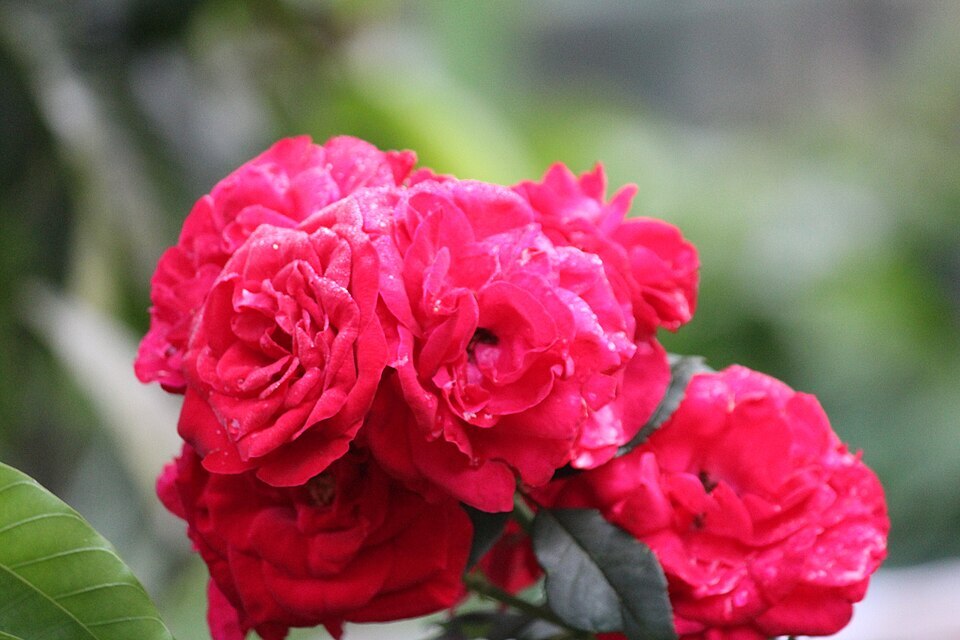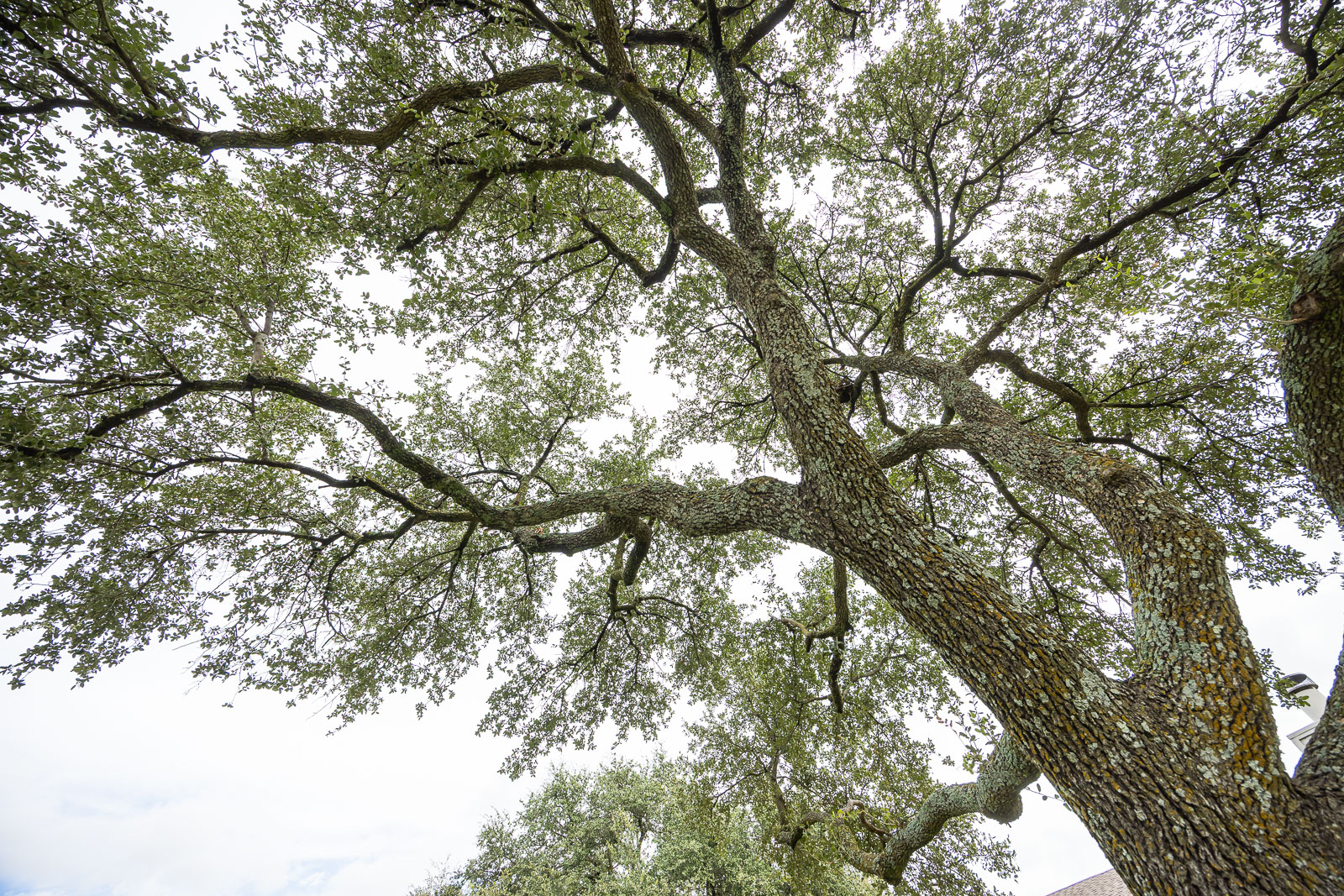
Written By Brent Ackors
When you notice your favorite plant drooping, losing its leaves, or turning brown during our hot Waco, TX summers, it can be frustrating, especially if you have done everything you can to keep them healthy.
Drought stress is a common challenge for all homeowners here in Central Texas, but there are ways to help your plants beat the heat. From adjusting your watering schedule and adding mulch to relocating plants for more appropriate sun exposure, there are several ways to care for drought-stressed plants at your home.
Let’s walk through how to spot the signs of drought stress, implement some practical techniques to help your plants recover, and review some of our favorite drought-resistant plants in Texas so your landscape can thrive.
How to Identify Signs of Drought-Stressed Plants
With our hot, dry Central Texas summers, it is not uncommon to spot plants in your yard that just are not looking their best. Unfortunately, knowing if you are dealing with drought stress or something else is not as simple as it seems.

One of the most common signs of drought-stressed plants is wilting or drooping leaves. When a plant doesn’t have enough water, it loses the ability to keep its leaves firm and upright. You may also notice brown or crispy-looking edges on your plant leaves. Sometimes leaves can turn yellow or fall off too early. If drought stress is severe, you may notice slowed growth or even dieback in certain portions of the plant.
While these are common symptoms of drought stress, it can be easy to mistake what looks like drought stress for insects, disease, or even too much shade. For example, insects can sometimes leave leaves looking curled or dead, and disease can sometimes cause browning that looks like drought damage. Even plants that are not getting enough sunlight can start to thin out, lose leaves, and look generally weak, all of which are also symptoms of drought stress.
Because it is common for these issues to sometimes overlap or mimic each other, it can be really tough for you to figure out what is truly wrong with yoru plant without experience.
Techniques to Help Your Drought-Stressed Trees and Landscape
Once you have decided it is likely your plant is dealing with drought, there are several simple steps you can take to help it recover. The good news? A few small adjustments can often make a big difference in how well your landscape handles the Texas heat.
Practical Plant Watering Schedule for Texas
During periods of drought stress, adding a little extra water at the right time can help your plants rebound without overwatering the entire landscape. If you are already watering on a regular schedule, consider adding a second, lighter watering around 3 pm, when plants are still actively using moisture but before the sun begins to set. We recommend running the zone for half the amount of time of your normal cycle, which should be just enough to help get plants through the hottest part of the day.
If you notice only a few plants struggling, you can take a more targeted approach rather than increasing water to the entire bed. Installing micro spray heads or drippers allows you to give extra water only where needed. This helps avoid wasting water on areas that don’t need it or overwatering plants that already have enough hydration.
Don’t have an existing irrigation system? Watering with a hose or a watering can is always a great option to bring relief to a small number of drought-stressed plants.

Try Mulching to Help with Drought-Stressed Plants
Mulch is one of the simplest tools you can use to protect your plants from heat stress. A 2-3 inch layer of mulch around the base of your plants helps hold moisture in the soil, regulates soil temperature, and reduces evaporation. Be careful not to over-mulch near trunks or stems, as this can cause problems for your plant's health. Looking for more tips on mulching? Check out this blog to help.

Relocate Plants in Trouble Areas or Add Some Plants
Sometimes the best way to help a struggling plant is to give it a better, more fitting home. For example, plants that are currently getting full afternoon sun may benefit from being relocated to a spot that gets more morning sun instead. The morning sun is less intense and allows plants to recover during the hottest part of the day.
You can also help your landscape by adding more plants to fill in the bed, especially after your existing plants are well-established and close to their full size. A little crowding can actually work in your favor. Adding additional plantings in areas that have room can help shade each other’s root zones, reducing soil temperature and slowing evaporation. For example, if you have a planting that doesn’t have anything else planted within three feet of it, choosing some drought-resistant plants to put closer to it can be a big help.

Drought-Resistant Plants in Texas for Your Landscape
Sometimes, despite your best efforts, a plant is not going to recover from drought stress, or you may want to add a new landscape bed to your property and choose plants that can better handle our Texas heat from the start. Here are some of our favorite drought-resistant plants in Texas:
1. Red YuccaRed Yucca is our go-to choice for drought resistance here in Texas. It’s evergreen, which means you get year-round greenery, and it’s a little softer in appearance than some of the other spiky varieties out there. Once it is established, it is very dependable.
2. LantanasLantanas are another Central Texas favorite. Nearly any variety will thrive in the heat and handle drought well. There are lots of cool new hybrids and color varieties to choose from, which makes them easy to customize to your landscape style. Lemon Zest is our personal favorite for its bright, cheerful blooms. You will also see a New Gold variety planted all around town, and it is extremely popular because of how well it performs here. That said, we would like to switch it up and explore some of the newer varieties that keep things unique to your style while still remaining drought-resistant.
3. Salvia
The Salvia family is hard to beat when it comes to variety and drought tolerance. Most Salvia types, from the smaller compact varieties to the larger, showier ones, are very well adapted to our Central Texas conditions. They handle heat and dry spells with ease and attract pollinators.
Partnering with a Plant Care Expert in Central Texas
Caring for drought-stressed plants in Central Texas can be tough. One helpful trick is if you give your plant some extra water and it starts to bounce back, that is a good sign that you were dealing with only a drought issue. If the plant continues to look unhealthy or starts struggling again, it may be time to bring in a professional. When plants start showing signs of stress, early intervention can make all the difference in helping them recover.
At Green Ackors, we know how challenging Central Texas weather can be on your landscape. Our team is here to help you sort through the symptoms, identify what is going on, and create a care plan that helps your trees and plants stay healthy. Whether you need advice on a struggling plant or want to design a landscape that is built to thrive in our climate, we are always happy to help.

Ready to spend less time worrying about your plants? Get started today with our plant health care programs by filling out our contact form.
%20-%20copy.png)



